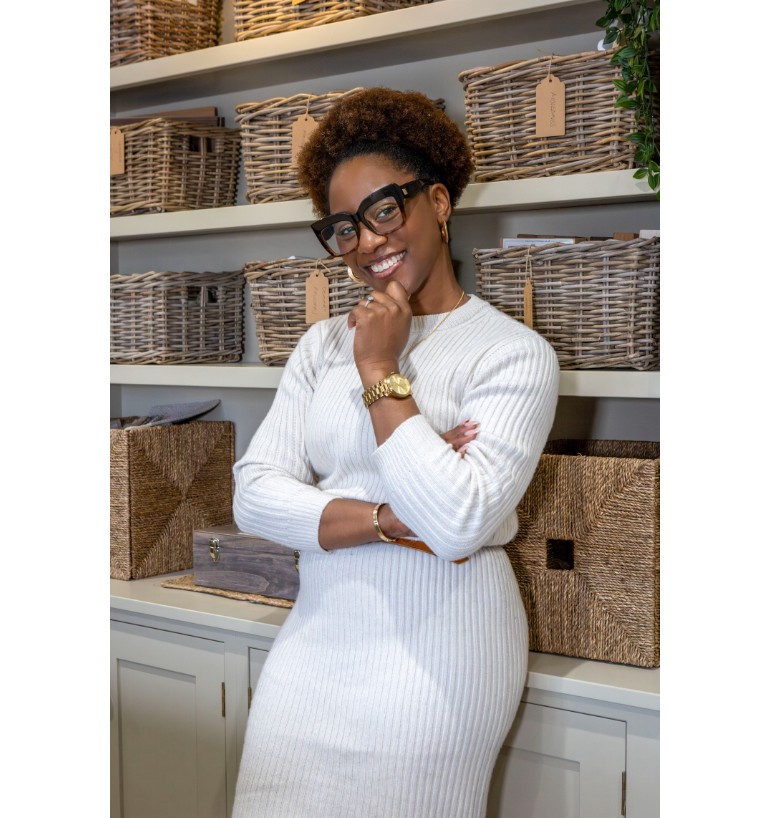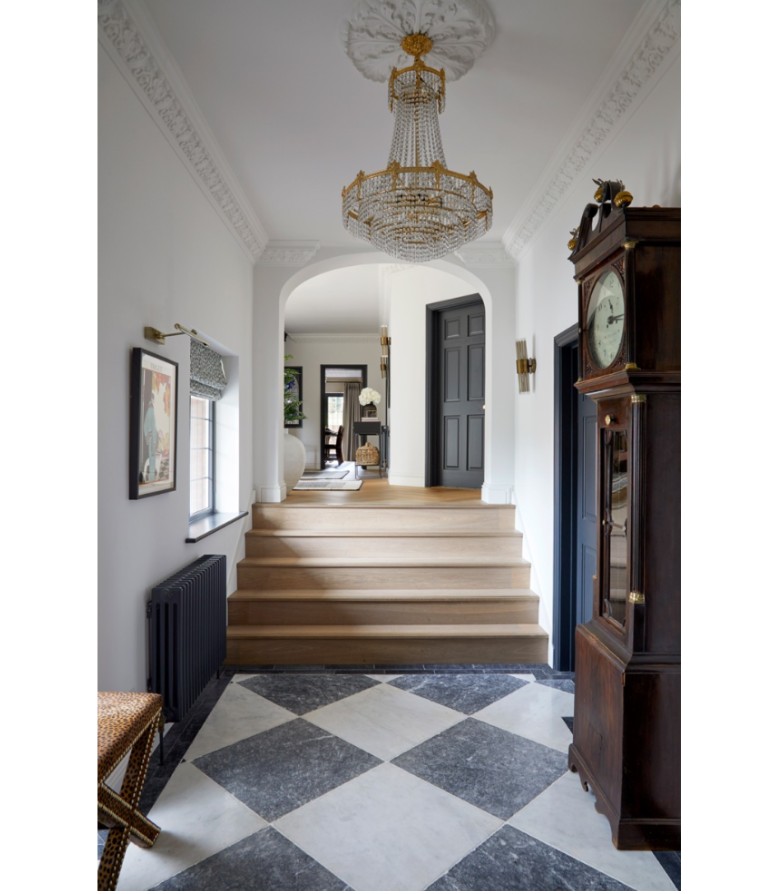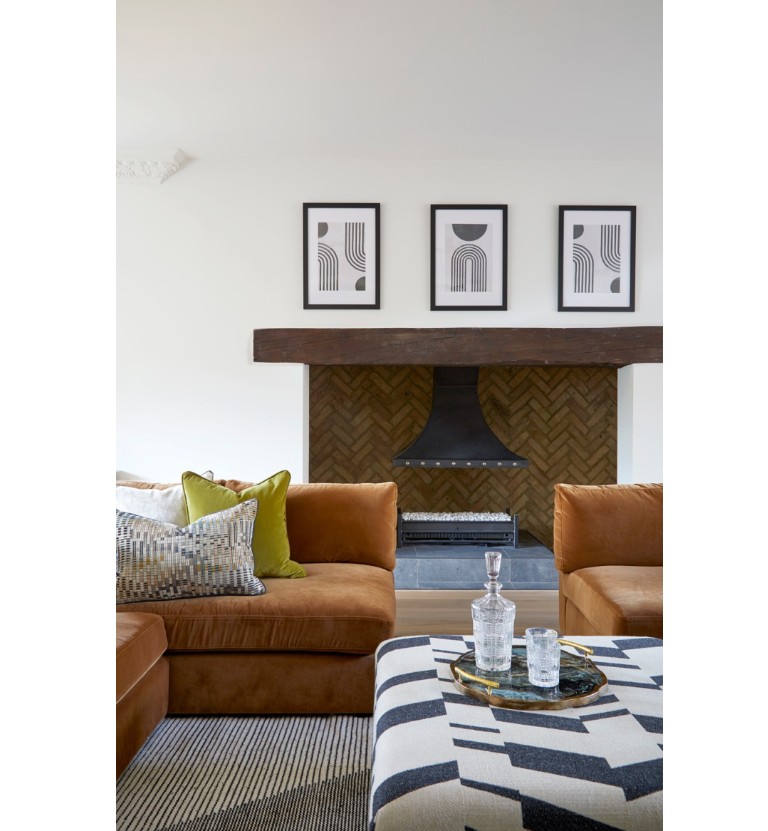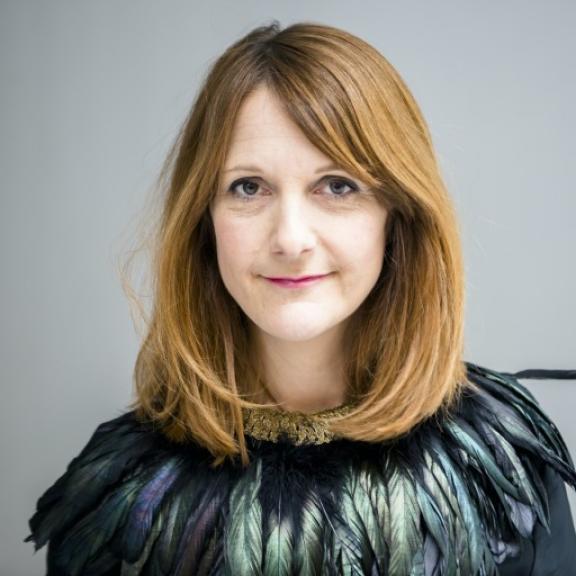Spotlight On: BIID Committee Chair Charmaine White
To Celebrate Black History Month, We Sat Down With D&I Committee Chair Charmaine White

As well as Chair of the Diversity and Inclusion Committee, Charmaine White is the Founder of The White House Interiors.
How would you describe your role as Chair of the Diversity and Inclusion committee?
As Chair, my role is to help guide the committee in shaping an inclusive vision for the BIID and the wider design community. We look at how to embed diversity and inclusion into everything the Institute does — from education and membership pathways to events and policy. It’s about ensuring that every designer, regardless of their background, feels represented, supported, and valued. I see my role as both strategic and connective — helping to turn good intentions into meaningful action and creating space for honest conversations that lead to real progress.
What can you tell us about your career to date? How do you think being a black industry professional has influenced your journey?
I’ve worked in interior design for over 15 years, across a range of sectors — from residential and hospitality to high-end design studios. I now run my own practice, The White House Interiors, where I focus on creating thoughtful, timeless spaces rooted in comfort and authenticity.
Being a Black woman in this industry has shaped how I navigate the design world and how I advocate for others. It’s made me acutely aware of the importance of visibility and representation. Early in my career, I didn’t always see people who looked like me in senior design roles — and that motivated me to help change that narrative. My experience has given me a broader perspective on inclusion, and I want to use that to ensure others feel they belong in this industry too.

The industry is very dynamic with technology impacting everything from the way we work to the way we live – what impact do you see this having on creating inclusive spaces?
Technology has huge potential to make design more inclusive — from AI tools that allow us to test accessibility in real time to VR software that lets clients experience a space before it’s built. It’s also levelling the playing field for designers by breaking down geographical and financial barriers to entry.
However, we also need to be mindful that technology doesn’t unintentionally exclude those without equal access or representation in data. As we embrace innovation, inclusivity must stay at the centre — ensuring tech enhances equity, rather than reinforcing existing gaps.
Who does inclusive design benefit? Surely it’s not something everyone needs to know about…
Inclusive design benefits everyone. It’s not a niche area or a specialist add-on — it’s the foundation of good design. When we create spaces that consider a wider range of people — different ages, abilities, cultures, and lived experiences — we design environments that are more intuitive, flexible, and human.
It’s really about empathy and awareness. The more inclusive we are in our approach, the better the experience for all who use the space.
What role do you see the BIID having in making the industry more inclusive and how can designers get involved?
The BIID has a vital role in leading the conversation on inclusion — setting standards, amplifying diverse voices, and providing education and resources that help members put inclusive design into practice.
Designers can get involved by joining a committee, contributing to research or case studies, attending D&I events, or simply starting discussions within their own networks. Inclusion thrives when it becomes a shared responsibility, not just the work of a few.

What’s one thing every designer can do to make sure their practice is as inclusive as possible?
Start by listening — to your clients, to communities, and to colleagues with different perspectives. True inclusion begins with curiosity and empathy. On a practical level, review your processes — from the suppliers you work with to the imagery you use in marketing — and ask, “Who might be missing from this picture?” Small, conscious changes can have a big impact over time.
Lastly, what advice do you have for designers who might fall under the D&I umbrella and who are just starting their careers?
Stay true to your voice and don’t underestimate the value of your perspective. Your background, experiences, and cultural lens bring richness and originality to your work. Seek out mentors, connect with professional networks like the BIID, and don’t be afraid to take up space — you belong here.
The design industry is evolving, and your presence helps shape that evolution. Be proud of your journey, and use your seat at the table to open doors for others who’ll come after you.
Enjoyed this article? Check out past spotlight on BIID President Liz Bell
Explore new resources from the BIID. Seeing a padlock? Just login or become a member to view.
View the highlights from our 60th anniversary party
We asked Anna Burles: What makes the perfect software?
Discover the smart home technology awards with Platinum Partner, CEDIA
Explore the latest, member-exclusive, templates designed to make your life easier.
University of Gloucestershire wins the BIID Student Design Challenge 2025.





